
5th Faunalia was a festival celebrated in rural areas, honouring nature and animals sacred to the Roman Faunus, god of fields and shepherds – and of prophesy. Today: The perfect time for a spot of divination according to your method of choice.
Weather-lore: ‘A green December fills the grave yard’.
9th Optalia, celebrated Ops as the Roman goddess of the harvest as part of the agricultural cults and festivals of the folk calendar. Today: Perhaps a time to give quiet thanks for the good things that have happened during the year before the Yuletide revels begin.
17th First day of Saturnalia, the most popular of Roman festivals. Dedicated to the Roman god Saturn, the festival’s influence continues to be felt throughout the Western world. Originally celebrated on 17th December, Saturnalia was extended first to three and eventually to seven days. The date has been connected with the winter sowing season, which in modern Italy varies from October to January. Today: as good a time as any to put up the Yuletide decorations.
18th Festival of Epona: Epona’s feast day is held on 13th June, while The Festival of Epona is on 18th December. The festival is a Roman celebration, the only celebration by the Romans that honoured a Celtic deity, probably because she was popular with the Roman cavalry. Today: Offer your equine companions a special treat.
19th Sigillaria was a day of gift-giving in ancient Rome. The closing days of the Saturnalia were known as Sigillaria, because of the custom of making, toward the end of the festival, presents of candles, wax models of fruit, and waxen statuettes which were fashioned by the sigillarii or manufacturers of small figures in wax and other media. The cult statue of Saturn himself, traditionally bound at the feet with woollen bands, was untied, presumably to come out and join the fun. Today: A good time to distribute Yuletide gifts.
21st Mumping Day. St Thomas’s Day was a day on which the poor used to go out begging, or s it was called ‘going a-gooding’ that is getting money to procure good things for Christmas (mump, to beg). In Warwickshire the term was used ‘going a-corning’, i.e. getting gifts of corn; while in Staffordshire it was simply spoken of as ‘a-gooding’. Today: Make a donation to the charity of your choice.
21st Candle Auction. The candle and pin auction at Old Bolingbroke [Lincolnshire] is one of a handful of survivors of an ancient method of selling which involves the auctioneer taking bids whilst a candle with a pin stuck though it burns; when the flame reaches the pin, it falls out and whoever placed the last bid wins. The origins of the sale appear to be lost in the mists of time, but the current revival has been going since 1937 with only a brief break or two. Today: A good idea for a fund-raiser
21st Winter Solstice. Astronomically speaking, winter begins at the Winter Solstice, which falls on or around the 21st and marks the coldest and darkest time of the year when nature sleeps. It is the time of the Holly King who rules the land until the Spring Equinox that occurs in March. If there isn’t a holly tree in the garden keep a few sprigs indoors to honour the Dark Lord and his Wild Hunt. Professor E O James in Seasonal Feasts and Festivals confirms that: “Around the Christmas Festival, a great variety of ancient seasonal customs and beliefs from a number of different sources clustered, originally observed from the beginning of November [old Hallowe’en] to the end of January [Candlemas], particularly those connected with the winter solstice rites…”
22nd Yalda. According to Persian mythology, Mithra was born at dawn to a virgin mother on the day after the Winter Solstice. He symbolises light, truth, goodness, strength, and friendship; Herodotus reported that this was the most important holiday of the year for contemporary Persians. Mithraism came to Britain as the god of the Roman Legions and there have been several temples discovered that were dedicated to his worship, particularly in London and along Hadrian’s Wall.
23rd Festival of Laurentalia for Acca Larentia, an early Italian goddess of the Earth to whom the seed was entrusted. End of Saturnalia. Today: A brief respite from the revels.
24th Modraniht. The Anglo-Saxon Modraniht or Mother’s Night and the beginning of the ‘Time Between the Years’ – the thirteen sacred days and twelve sacred nights of a Germanic sacrificial festival associated with the ‘Matron cult’ of the West Germanic peoples on the one hand, and to the dísablót already known from medieval Scandinavia. This was the blót (sacrificial holiday) held in honour of the female spirits or deities from pre-historic times until the Christianisation of Scandinavia. Today: A special night for the matriarchal members of the family.
25th Dies Natalis Solis Invicti. The renewal of light and the coming of the New Year was celebrated in the later Roman Empire at the Dies Natalis Solis Invicti, the ‘birthday of the Unconquerable Sun’.
Weather-lore: ‘If Christmas Day be bright and clear, there will be two winters in the year’.
26th Boxing Day or St Stephen’s Day. The Feast of Stephen (of the Christmas carol fame) fell on this day and so he came to play a part in the Yuletide celebrations, which were previously associated with Freyr.
27th The Mari Lwyd is a wassailing folk custom still found in South Wales and under other names in various parts of England. The tradition entails the use of an eponymous hobby horse, which is made from a horse’s skull mounted on a pole and carried by an individual hidden under a sackcloth. It represents a regional variation of a ‘hooded animal’ tradition that appears in various forms throughout Britain.
31st New’ New Year’s Eve or Hogmanay is the Scots word for the last day of the year and synonymous with the celebration of the New Year (in the Gregorian calendar) in the Scottish manner. The origins of Hogmanay are unclear, but may derive from Norse and Gaelic observances. Today: Observe the tradition of ‘first footing’ by a dark-haired man of the family taking a piece of coal across the threshold of your neighbour’s house for good luck.
31st Fire Festivals. Celebrating the end of the old year and start of the new with fire festivals still continues in several places through Britain. Believed to have pagan origins, the Allendale Fire Ceremony in Northumberland is perhaps one of the most spectacular with a procession of ‘guisers’ carrying tubs of flaming tar above their heads. The procession eventually arrives at the town square where the flaming tubs are thrown onto a bonfire. At the stroke of midnight the church bells ring out to symbolise the supplanting of paganism by Christianity!
31st Burning the Old Year Out. A re-enactment of the ancient Scottish fire festival is continued with a torchlight procession through the town followed by a bonfire that symbolizing the burning out of the old year. During World War II a candle was lit in a tin can to ensure the tradition survived.
31st The Flambeaux is an ancient Tayside torchlight procession originally performed to drive out evil spirits. The villagers march round the village to the four points of the compass and then back into the main village square where the torches are thrown onto a bonfire.
31st Swinging the Fireballs. The ceremony at this east coast fishing village of Stonehaven is one of the most unique Hogmanay festivals in Scotland. At the stroke of midnight the High Street is lit up as sixty local fireball-swingers make their way, swinging their fireballs above their heads; they proceed through the town down to the harbour where the balls are thrown into the sea. The modern ceremony dates from a fisherman’s festival in the 19th century, but its origins may stem from pagan times. There are other theories on the significance of the festival. One recalls that sometime in the Dark Ages a shooting star appeared above Stonehaven. In the year that followed the sighting, the local farmers recorded a bumper harvest. Attributing their prosperity to the shooting star, the villagers introduced the fireball ceremony to symbolise its coming as an omen of good fortune for the future.

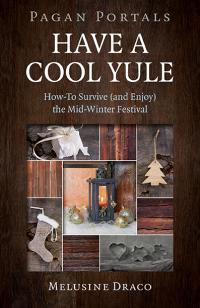

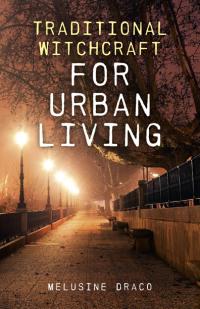
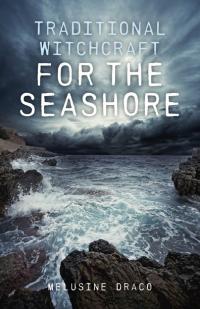
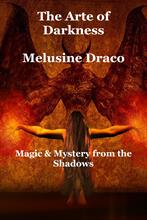
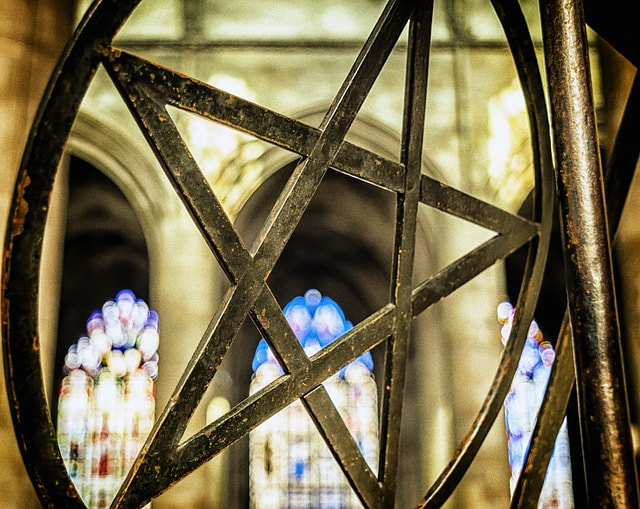
 RSS Feed
RSS Feed